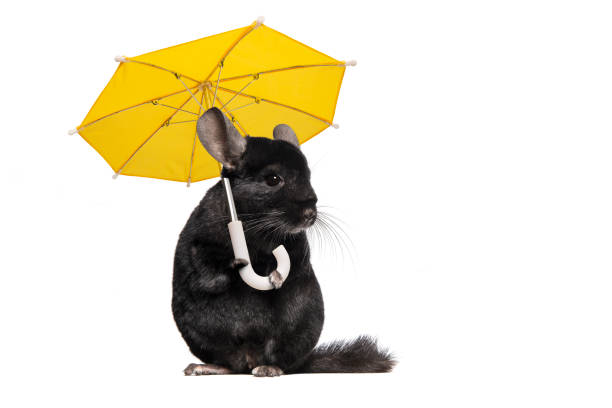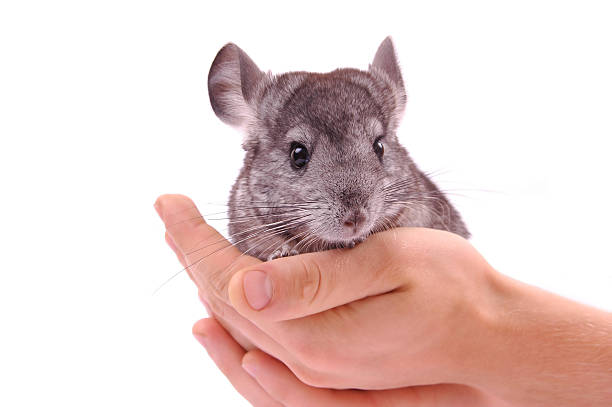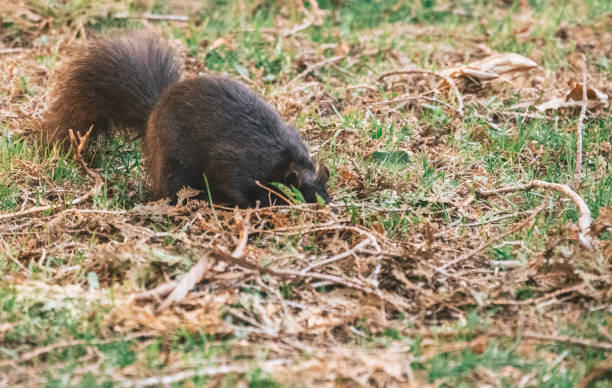What Causes Ticks in Your Yard?
Ticks are tiny arachnids that belong to the same family as spiders. These parasitic pests can become a nuisance in yards, posing health risks to both humans and animals. Understanding the causes of tick infestations in your yard is crucial for effective prevention and control measures. In this article, we will explore the various factors that contribute to tick populations and discuss practical strategies to minimize their presence. So, let’s dive in!
Introduction
Ticks are blood-feeding creatures that latch onto the skin of animals and humans. They are commonly found in outdoor environments, including yards and wooded areas. Recognizing the underlying causes of ticks in your yard can help you create a safer and more tick-free outdoor space.
Common Tick Species
Before delving into the causes of tick infestations in yards, it’s essential to understand the different species you may encounter. Common tick species include the black-legged tick (also known as the deer tick), the American dog tick, and the Lone Star tick. These ticks vary in appearance, size, and preferred hosts. The distribution of tick species is also influenced by geographical factors.
Environmental Factors
Ticks thrive in specific environmental conditions, so understanding their preferred habitats is crucial. Ticks typically favor areas with tall grass, dense vegetation, and high humidity. Woodlands, meadows, and gardens are common hotspots for ticks. They rely on the moisture and shade provided by vegetation to survive and reproduce.
Wildlife and Pets
Wild animals, such as deer, rodents, and birds, play a significant role in the life cycle and spread of ticks. Ticks attach themselves to these animals and can be transported into your yard. Additionally, pets that spend time outdoors can inadvertently introduce ticks into your yard. Regularly checking and treating pets for ticks is important in preventing infestations.
Human Factors
Humans can unknowingly contribute to tick populations in their yards through various activities. For instance, ticks can hitch a ride on clothing or be transported on outdoor gear after hiking or spending time in tick-infested areas. Yard work, such as gardening or landscaping, can also disturb tick habitats, increasing the chances of encountering these pests.
Disease Transmission
Ticks are notorious for transmitting diseases to humans and animals. Lyme disease, Rocky Mountain spotted fever, and babesiosis are just a few examples of tick-borne illnesses. Ticks acquire disease-causing pathogens by feeding on infected hosts and can then transmit them to humans or animals during subsequent feedings. Understanding the risks associated with tick bites underscores the importance of preventing tick infestations.
Prevention and Control
To keep ticks at bay, implementing preventive measures is essential. Landscaping practices that reduce tick habitats, such as keeping grass short and removing leaf litter, can help minimize tick populations. Using tick repellents on exposed skin and wearing protective clothing are effective preventive strategies for humans. Additionally, there are tick control methods available for yards, including insecticides and tick tubes.
Tick Removal and Identification
In the unfortunate event of a tick bite, knowing how to safely remove the tick is crucial. Improper removal techniques can lead to the tick regurgitating its stomach contents into the host, increasing the risk of disease transmission. Proper tick removal involves using fine-tipped tweezers and gently pulling the tick straight out. It is also important to identify the tick species, as some are more likely to transmit diseases than others.
Conclusion
Ticks in your yard can pose significant health risks to you, your family, and your pets. By understanding the causes of tick infestations, you can take proactive measures to minimize their presence. From practicing good yard maintenance to using preventive measures, you can create a safer outdoor environment. Remember, early detection and prompt removal of ticks are vital to reduce the risk of tick-borne diseases.
FAQs
Can ticks infest indoor areas?
Ticks primarily infest outdoor environments, but they can occasionally find their way indoors through pets or on clothing. However, ticks cannot survive for long periods indoors unless they find a suitable host.
How long do ticks survive without a host?
Ticks can survive for several months without a host, depending on the species and environmental conditions. They can enter a dormant state and conserve energy until they find a host to feed on.
Are all ticks capable of transmitting diseases?
Not all ticks are capable of transmitting diseases. Different tick species have varying abilities to transmit pathogens. For example, the black-legged tick is known to transmit Lyme disease.
Are there natural ways to repel ticks from yards?
Yes, there are natural ways to repel ticks from yards. Planting tick-repellent plants like lavender, rosemary, and marigold can help deter ticks. Additionally, creating a barrier of wood chips or gravel between wooded areas and the yard can discourage tick migration.
How often should I check my pets for ticks?
It is recommended to check your pets for ticks regularly, especially after they have been outdoors in tick-prone areas. Conduct thorough tick checks, paying attention to areas such as the ears, paws, and underbelly. Prompt removal of any ticks found is crucial to prevent potential diseases.







